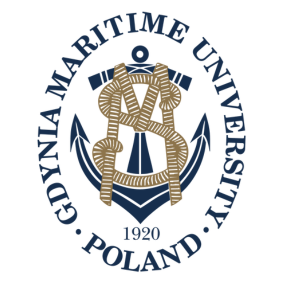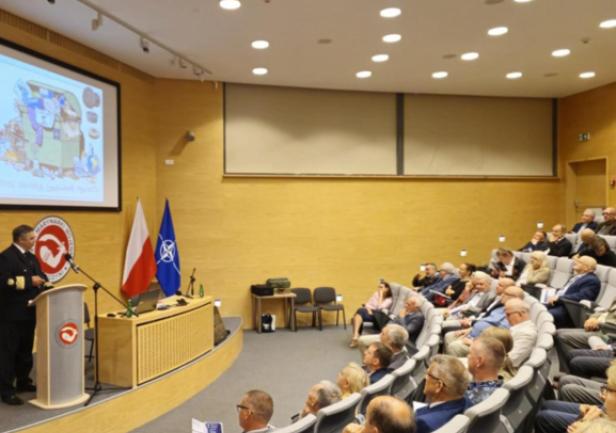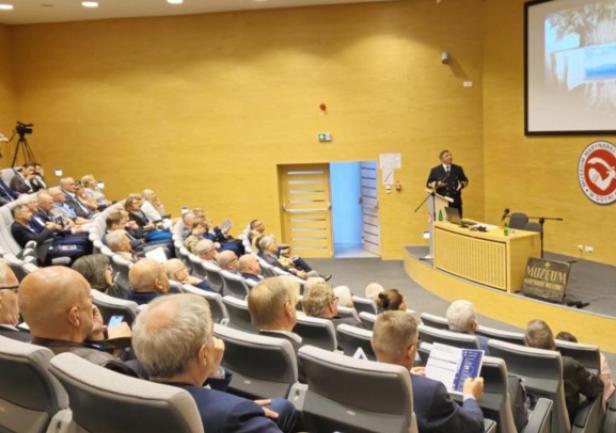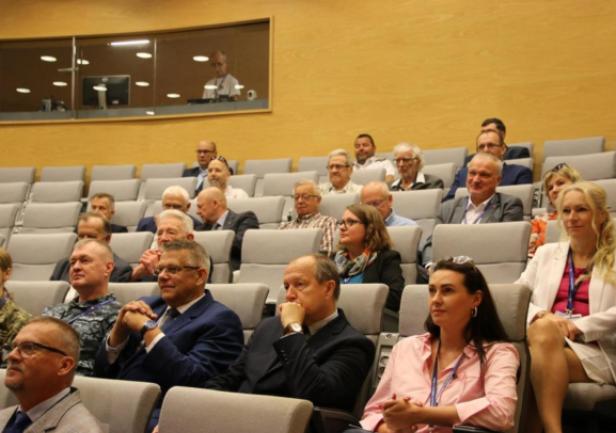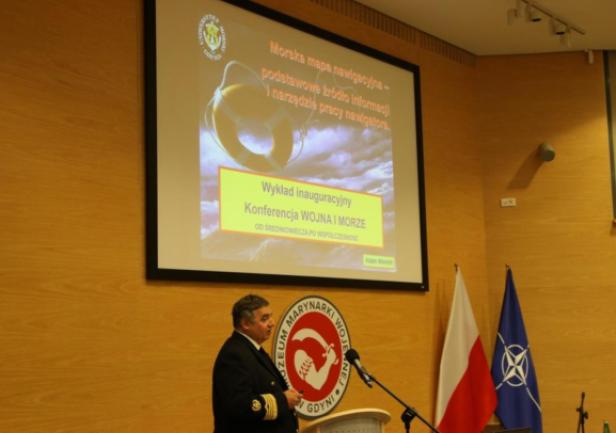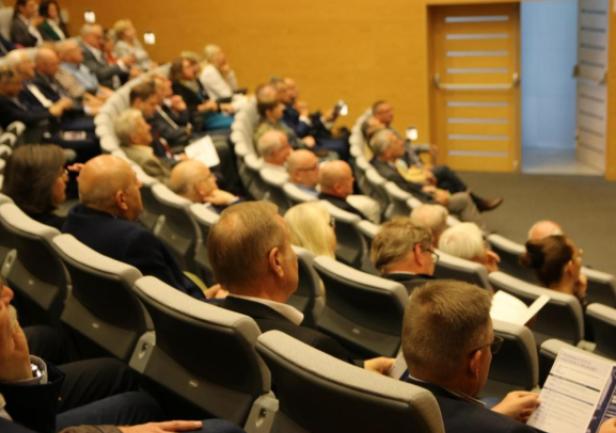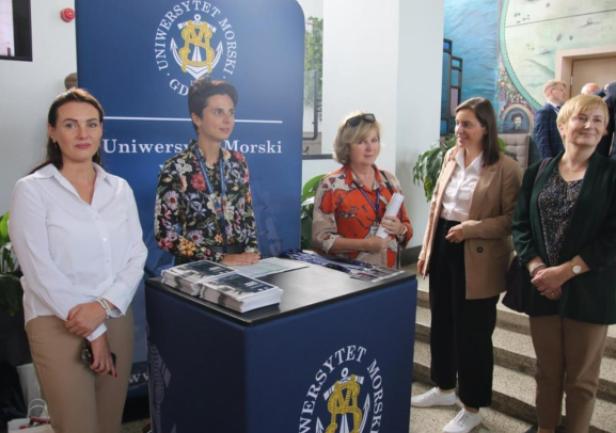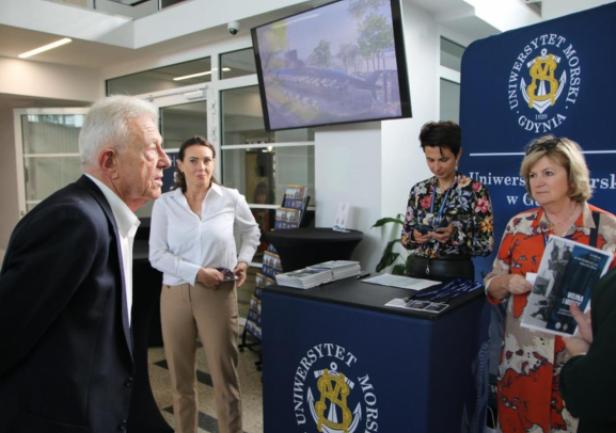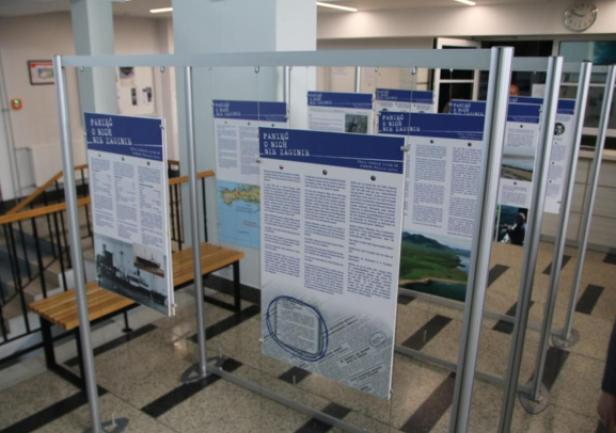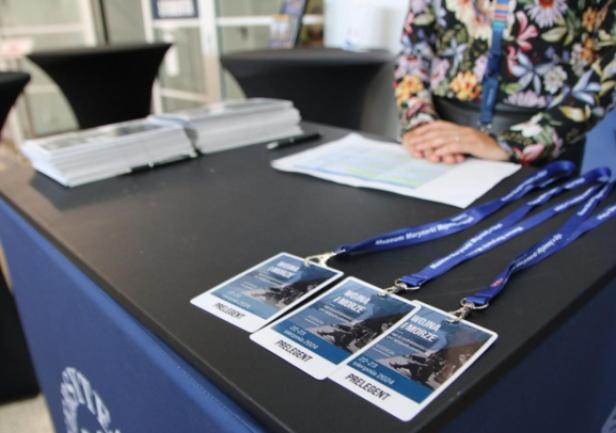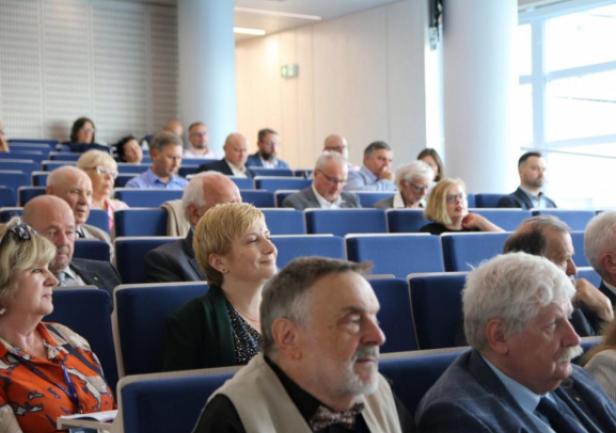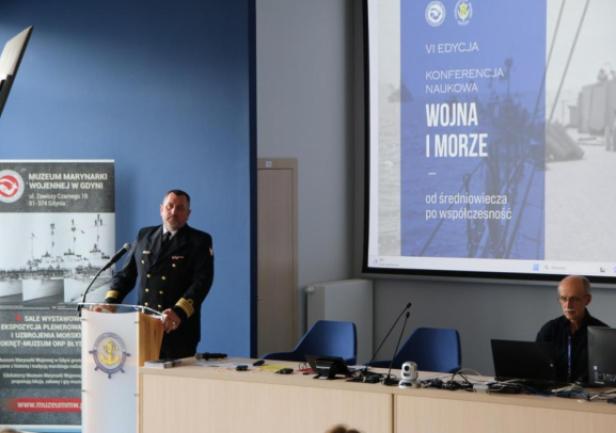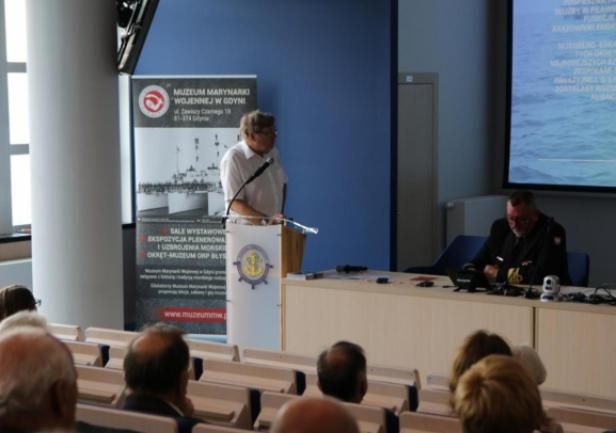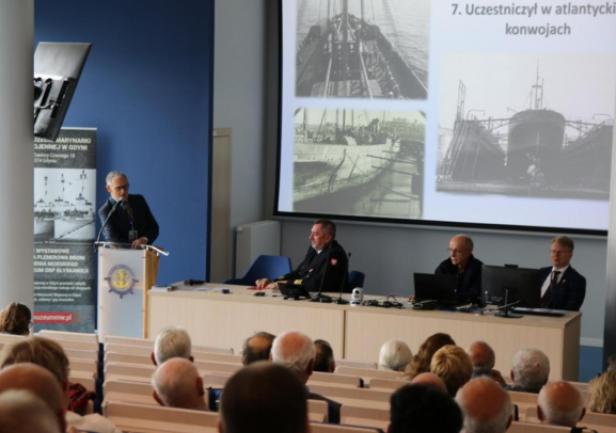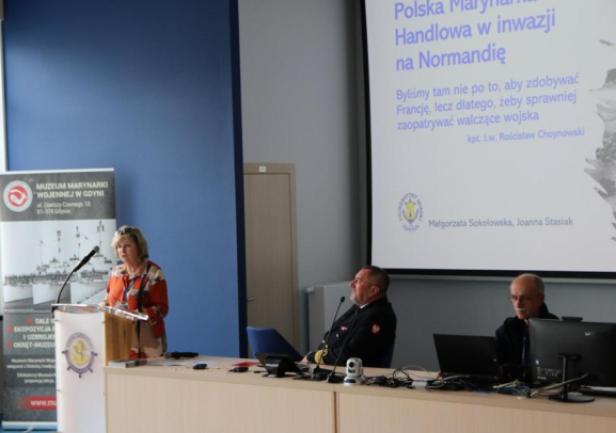"War and the Sea – From the Middle Ages to Modernity” Conference Draws to a Close
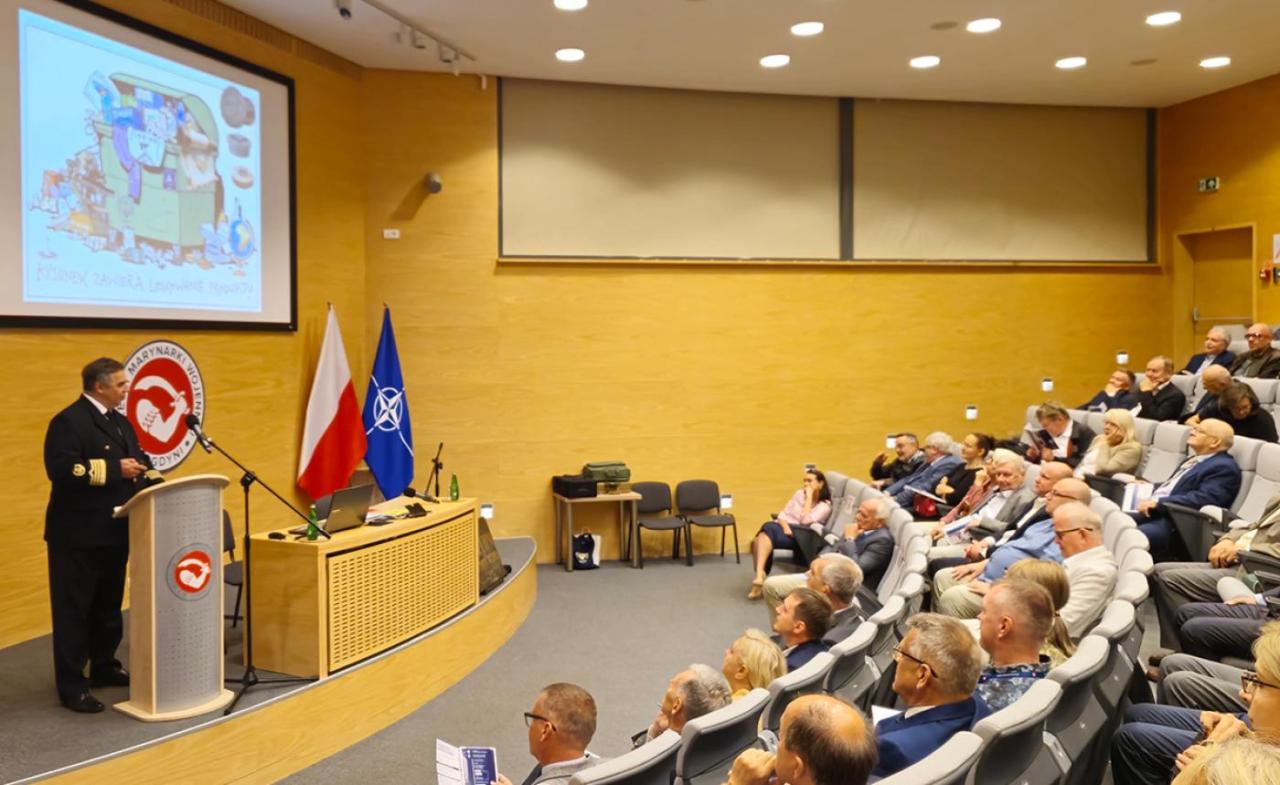
It was the sixth conference on the topic held by the Polish Naval Museum but the first such event organised in cooperation with Gdynia Maritime University. The conference was opened by the Director of the Museum, Tomasz Miegón, and HM The Rector of Gdynia Maritime University, Professor Adam Weintrit. The conference began with a talk given by HM The Rector of GMU, Professor Adam Weintrit, a history of navigation enthusiast, entitled "A Map of War and the Sea", which looked at the development of cartography from ancient times to the discovery and conquer of the world, thanks to increasingly accurate maps.
The first three panels of the conference were held in the auditorium at the Naval Museum. These were followed by another four panels on the second day of the conference at the GMU Faculty of Navigation. The 24 panellists involved were scientific staff and history enthusiasts from universities, science centres and museums around the country and the National Defence University of Ukraine in Kyiv. With many topics and with each speaker limited strictly to 15 minutes, it was difficult to decide which topic was the most interesting, as at first, even the seemingly uninteresting ones proved to be fascinating. Fortunately, part of the lectures will be published in the Navy Museum's Historical Bulletin.
The first panel "From the Middle Ages to the Age of Steam" led by Professor Andrzej Niewiński, an Associate Professor at the Catholic University of Lublin, spoke of the medieval Code of Law of Naval Warfare; Professor Jakub Basista, an associate Professor at the Jagiellonian University, expressed doubts whether Richard Hakluyt was indeed the author of the idea of a British maritime empire; Dr Hanna Pastorek of the Military Centre for Civic Education, spoke on the ethos of navy commanders in the 17th century, presenting the case study of the Netherlands; and Professor Krzysztof Kubiak of the University of Jan Kochanowski in Kielce, focused on the history of Swedish mine weapons from 1885.
The "Interbellum" panel saw Dr Adam Ostanek, Professor of the Military Technical Academy, give a talk on the Maritime and Colonial League in Vilnius from 1924 until 1939; and Professor Oleksij Serhijowycz Chirikałow of the National Defence University of Ukraine in Kyiv spoke on the history of the Pińska Flotylla - the Riverine Flotilla, an inland branch of the Polish Navy - from its Polish beginnings to its Ukrainian continuation.
The third panel was entitled "War on Water". Dr Anna Żeglińska of the University of Gdansk spoke of the loss of the registrar of Polish pre-war institutions; Professor Bogdan Chrzanowski gave a talk on the maritime intelligence agency in occupied Gdynia, the head of the Association of the Polish Community in Iceland, Witold Bogdański, spoke about the search for the wreck of the S/S Wigra, which sank off the coast of Iceland in 1942.
The 4th panel, entitled "On the Coast of Normandy" was on the topic of the largest landing operation of the Second World War. Professor Roman Kochnowski of the University of the National Education Commission in Krakow spoke of the response of the Kriegsmarine (German Navy) to the Allied invasion of Normandy; Aleksander Gosk from the Nautical Museum of the stormy history of the ORP Wilia renamed S/S Modlin, and Małgorzata Sokołowska from GMU of the little-known role of the Polish Merchant Navy in the invasion.
Panel 5, "When the Guns Fell Silent" began with a lecture by Professor Antoni F. Komorowski on the history of the disappearing torpedoes; Professor Andrzej Pawlak, Professor of the Centre for Molecular and Macromolecular Research of the Polish Academy of Sciences in Łódź, spoke of the presence of the Navy in Kołobrzeg during the years 1946-2006; and Robert Rybak of Nicolaus Copernicus University in Torun, focused on the Polish Navy during the years 1970-1990, and research into operational art.
Panel 6, the topic of which was "Maritime Operational Art", included a talk by Oskar Moźor of the Naval Museum on the fate of medium-sized landing ships flying foreign flags; Dr Wojciech Mazurek of the Association of Soldiers and Friends of the Blue Berets Association discussed plans for offshore landing operations in the Baltic Sea in 1975; and Wiktor Stypczyński of the Adam Mickiewicz University in Poznań - gave an assessment of the capabilities of the 7th Airbourne Division.
The 7th and final panel was opened by Naval Museum Director Tomasz Miegon, who spoke of preparations for the former ORP Sokoła to assume a long-awaited new role as a museum exhibition; Dr Dariusz Bugajski, Professor of the Gdynia Naval Academy, gave a talk on the extremely interesting topic of the legal situation of Polish shipwrecks as war graves, highlighting the disinterest of Polish authorities on legal regulations; and Dr Wojciech Zygmunt Kaleta of the Navy's Air Brigade spoke on the operation of maritime aviation.
The conference partner was the Military Archive in Gdynia; the honorary patron was the Polish Historical Association; the academic patrons were Gdańsk University, Nicolaus Copernicus University in Toruń, Adam Mickiewicz University in Poznań, and the Polish Maritime Academy in Gdynia. Media support was provided by TVP Historia, TVP3 Gdańsk, Radio Gdańsk, Polska Zbrojna, Zawsze Pomorze, Dziennik Bałtycki, and trójmiasto.pl.
There are plans for the Naval Museum and GMU to organise another joint conference next year.
Original text by Małgorzata Sokołowska
